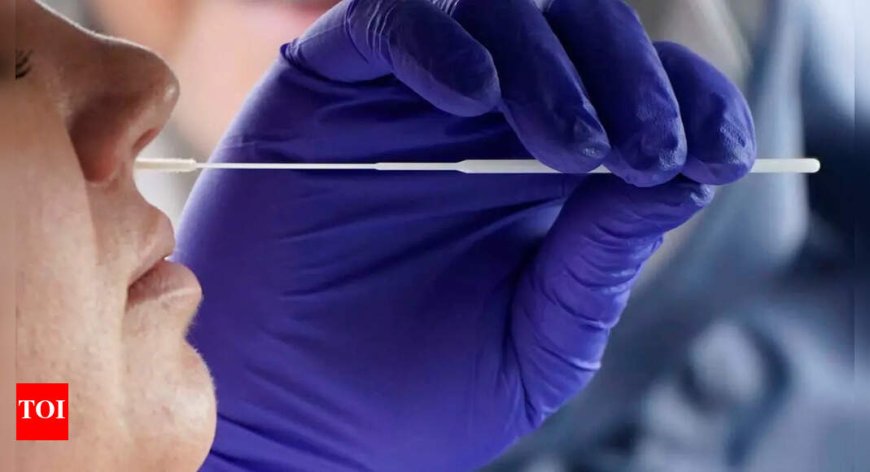Understanding the Summer Surge of COVID-19 in the US and Staying Safe
Learn why COVID-19 cases are rising in the US during the summer and discover tips to stay safe. Factors contributing to the surge include indoor exposure, temperature effects, behavioral patterns, and gatherings. Stay protected with vaccination, masks, testing, ventilation, hygiene, and symptom vigilance.

As summer heats up, COVID-19 cases are on the rise in about 25 states in the United States, including hotspots like California, Florida, and Texas, signaling the start of a 'summer wave'. This surge is attributed to factors such as indoor exposure in air-conditioned spaces, behavioral patterns, and the emergence of new variants like NB.1.8.1 – the Nimbus strain.
Historically, summer spikes follow holiday travel, indoor retreat during heat waves, and increased social gatherings. The CDC reports that rising infections are occurring in about half of the states in the US, with 25 states showing clear increases, particularly in Florida, Texas, and California, linked to declining immunity and new variants like NB.1.8.1 and XFG.
Experts note a biannual pattern of COVID-19, peaking in summer and winter due to viral evolution and immunity decay. Indoor air conditioning reduces ventilation, post-holiday gatherings fuel spikes, and new variants like NB.1.8.1, XFG, and KP.3.1.1 increase transmission risk.
While hospitalizations and deaths are lower than past peaks, emergency visits for young children are rising. People are advised to get updated boosters, wear masks in high-risk settings, conduct rapid tests, improve indoor ventilation, and practice good hygiene to stay safe.
What's Your Reaction?
 Like
0
Like
0
 Dislike
0
Dislike
0
 Love
0
Love
0
 Funny
0
Funny
0
 Angry
0
Angry
0
 Sad
0
Sad
0
 Wow
0
Wow
0

























































































































































































